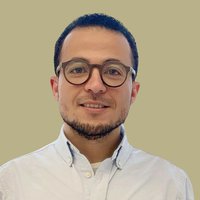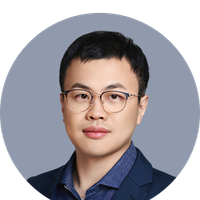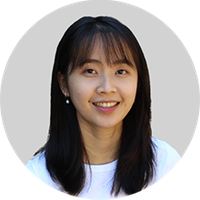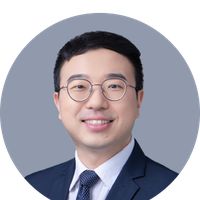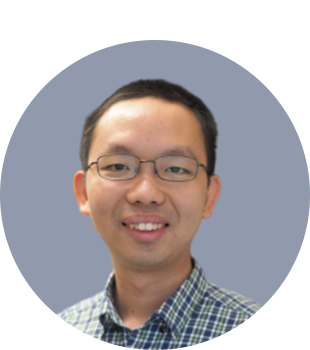Working with Dr. Liqun Luo and Dr. Thomas Clandinin at Stanford University, Xiaojing Gao used state-of-the-art genetic and quantitative methods to understand the processing of the sense of smell by the nervous system. However, Gao soon realized the inadequacy in choosing fruit flies - the genetic powerhouse - as a model system. Specifically, neuromodulatory systems define a fly’s “state of mind," yet existing tools are either too invasive or too transient for the long-term reporting of neuromodulatory activities. Therefore, he developed a transcriptional reporter for neural activity. It recorded cumulative neural activity in insulin-producing cells – a key hub regulating metabolic homeostasis – from hours to days in free-behaving flies and revealed new biology about how these neurons simultaneously encode the flies’ hunger and excitement. In addition to telling us which neurons are active, this tool also enabled us to silence these very neurons and observe the behavioral consequences. It has since been successfully used by many other labs.
His training in genetics also found a serendipitous application in gene drives – transgenes that propagate with super-Mendelian inheritance and can potentially alter entire wild populations. There was a widespread concern for the ecological implication of the first experimental demonstration of a Cas9-based gene drive in insects, to which Gao devised a technical solution. He designed a gene “break” that directs Cas9’s power against itself to not only disable a gene drive but also turn the latter into a gene break. Gao and his team were the first to experimentally demonstrate a countermeasure against Cas9-based gene drives.
In Gao's new field of mammalian synthetic biology, he identified the paucity of protein-level circuits as a key challenge. Synthetic biologists have focused on transcriptional regulation, due to the relative ease to configure transcription factors to regulate each other. Protein-protein regulation would offer unique advantages, such as the compactness of delivery and robust performance in different cellular contexts. Yet protein-level circuits have remained just a few and ad hoc for lack of “composability." Composability means that circuit components share the same form of inputs/outputs (think transistors), and can be connected differently for various tasks.
Gao hypothesized that viral proteases were promising candidates for composable components, because of their specific and context-independent cleavage of target peptides, the strong regulatory effect of such cleavage, and the presence of orthogonal protease-substrate pairs. He engineered viral proteases to repress each other through docking-enhanced direct cleavage. With such protease-in-protease-out composability, diverse computational functions, such as logic gates and adaptive pulsing, were demonstrated in human cells. These new functions, many for the first time in any mammalian system, represent basic signal processing modules prevalent in biology and are useful in engineering more complex synthetic circuits. Eyeing direct therapeutic applications, Gao also implemented a prototypic circuit to induce cell death in response to activators of the “undruggable” oncogene Ras. His engineered proteases constitute the first composable platform for building protein circuits in mammalian cells.
